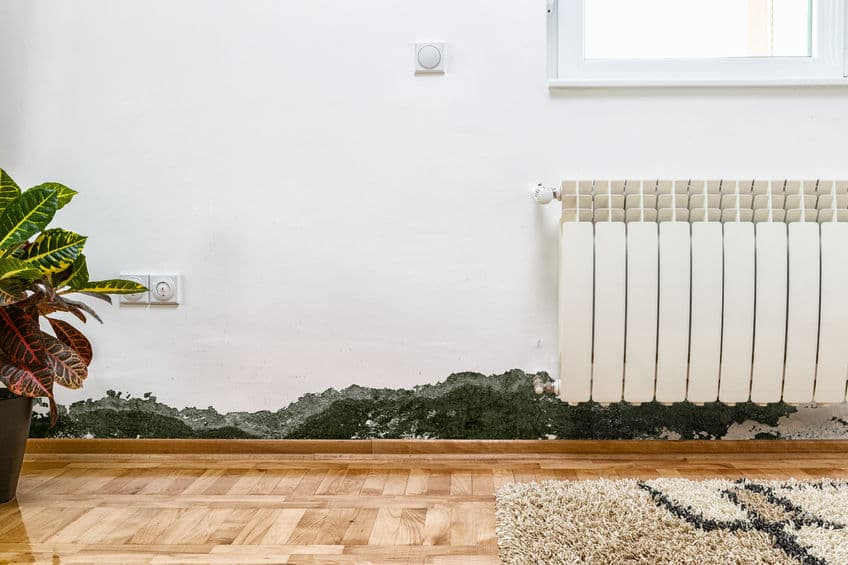Damp vs. Condensation: Identifying & Solving
It's easy to be concerned about damp when you're viewing a prospective property - but can you tell what you're looking for?

It's easy to be concerned about damp when you're viewing a prospective property - but can you tell what you're looking for?

Compare moving quotes in 4 simple steps